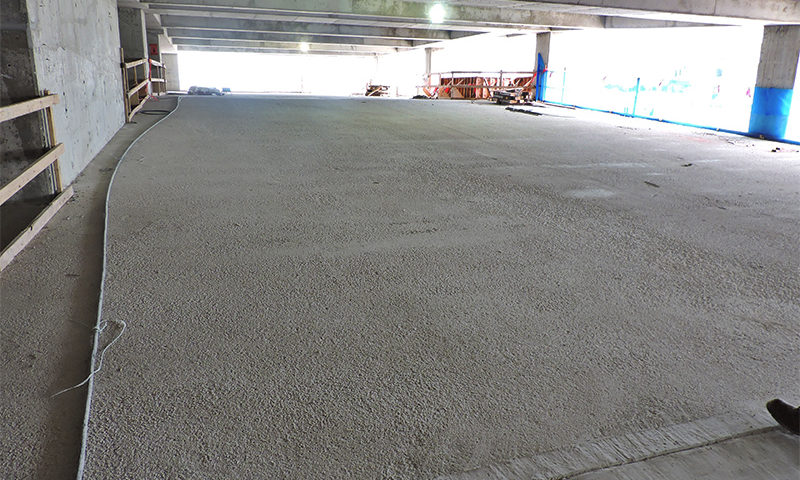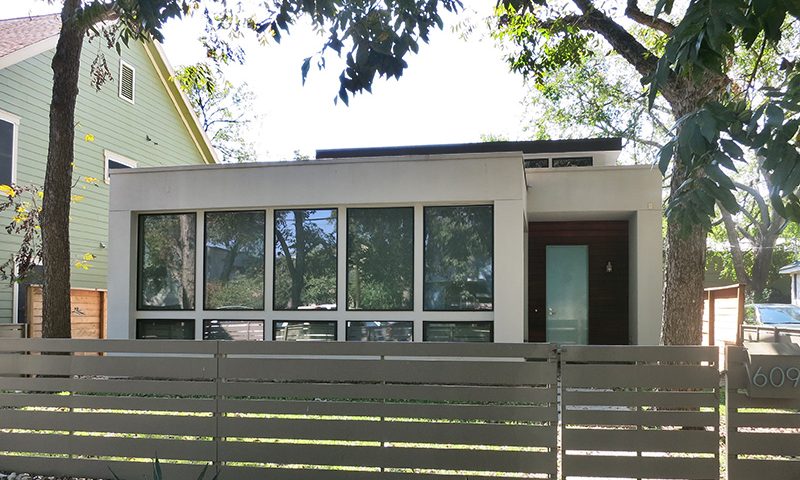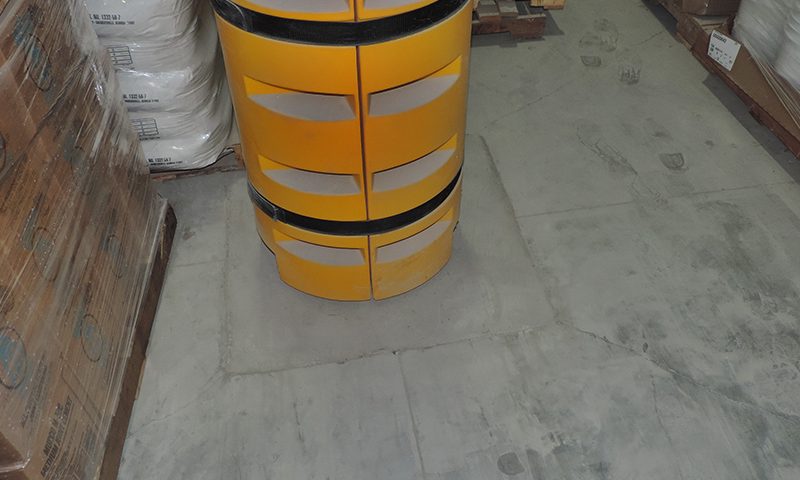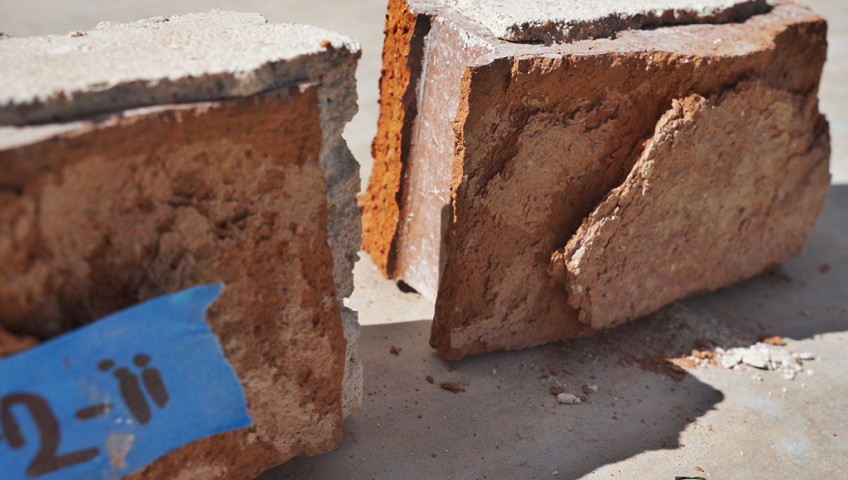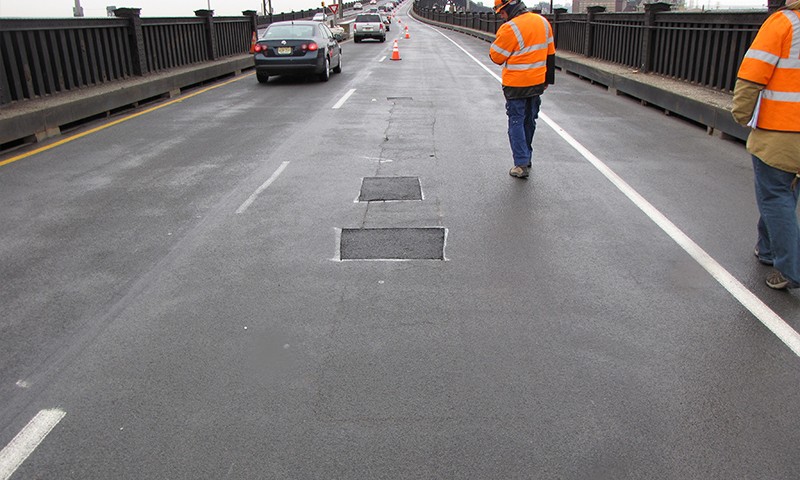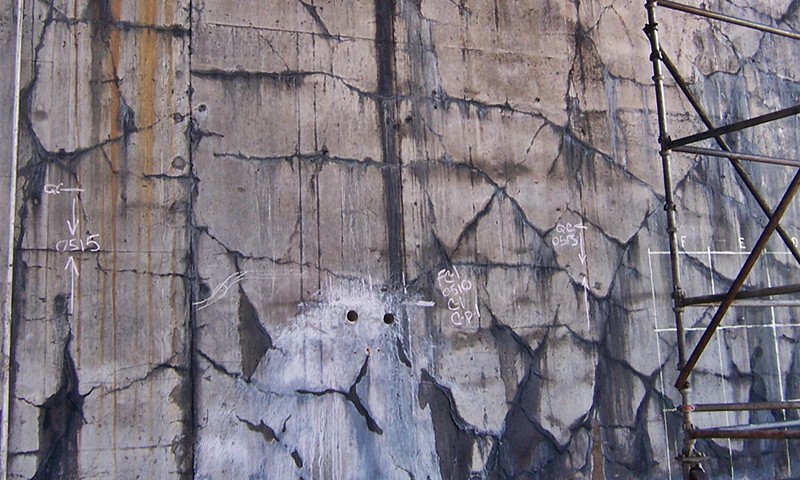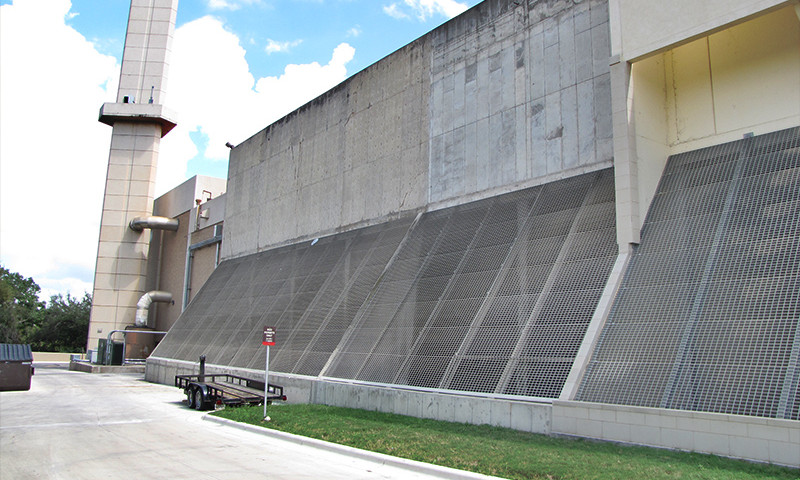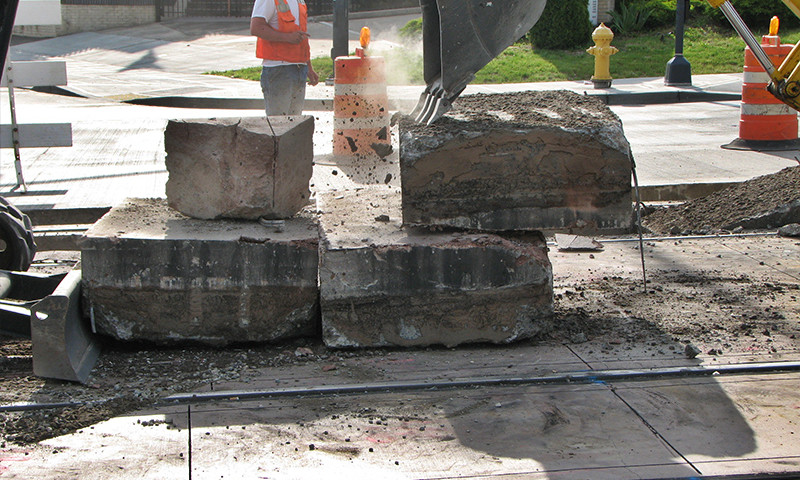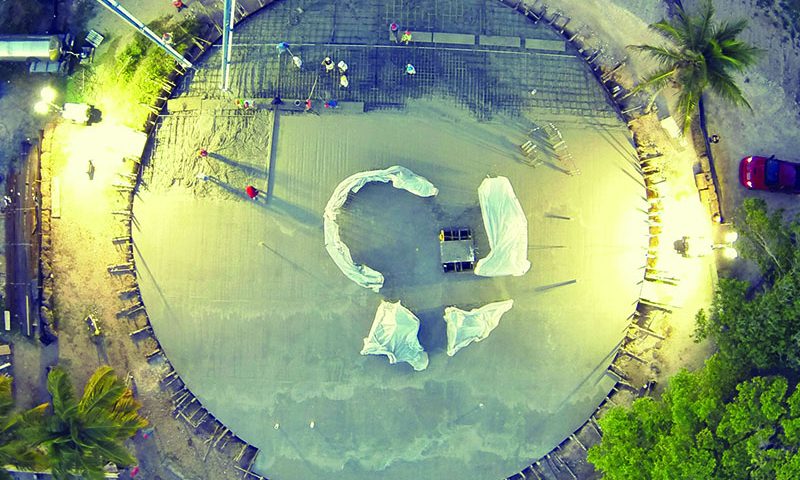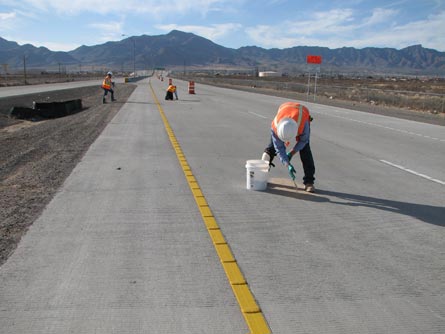Carrasquillo Associates investigated and characterized the surface distress occurring at an elevated post-tensioned concrete slab in a parking garage that is part of a high-rise building under construction in downtown Austin, Texas. CA’s investigation included an examination of the extent of distress or unsound concrete in an area within one level of the parking garage equal to approximately 10,000 square feet, where rain had affected the fresh concrete surface soon after it had been placed. CA conducted a site visit to the parking garage to perform a visual examination and condition survey, and to obtain core samples from the concrete deck. The cores were studied by a concrete petrographer, who determined the extent of rain damage within the depth of each core. CA utilized this determination in developing a repair plan for the affected concrete surface to restore its serviceability and long-term durability. This project provides an example of CA’s expertise in recognizing a structural or materials problem and its root cause, assessing how it will affect the structure, and offering a repair solution that efficiently and reliably restores the structure.
